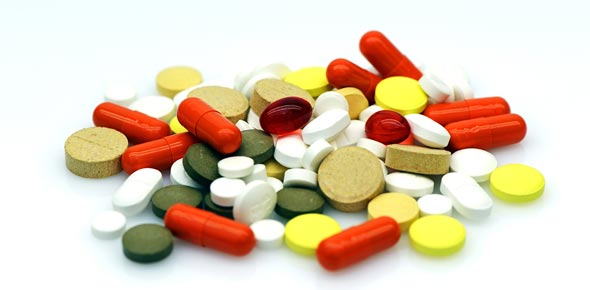Related Flashcards
Related Topics
Cards In This Set
| Front | Back |
|
1906 - Federal Food and Drug Act
|
This act prohibits the sale of adulterated or mislabeled food, drinksand drugs
|
|
1914 - Harrison Narcotic Act
|
This act limits the transport of opium. In order to purchase opium, a prescription is required.
|
|
1938 - Food Drug and Cosmetic Act
|
This act made the food and Drug Act more comprehensive to include cosmetics. The act also defines misbranding or adulteration of drugs to be illegal, This act requires drug companies to provide package inserts,requires that habit-forming drugs be labeled "may be habit forming" , requires that a new drug has to be proven safe under FDA guidelines before marketing
|
|
1951 - Durham Humphrey Amendment
|
This act distinguishes legend drugs(prescription) from the over the counter drugs (OTC). This act requires companies to label legend drugs "Caution:Federal law prohibits dispensing without a prescrition", requires physician supervision for the purchase of legend drugs. Also, over the counter drugs without medical supervision are required to have on the label: Product Name, Name and Address of manufacturer, Active ingredients, quantities of all other ingredients whether active or not
|
|
1962 - Kefauver-Harris Amendment
|
All drugs made from 1938 forward must be proven save and effective. Also the FTC now handles drug advertisement. Stricter requirements for drug approval. Manufacturersmust now register annually, be inspected ever 2 years, and report adverse effects of drugs.
|
|
1970 - Comprehensive Drug Abuse Prevention and Control Act (Controlled substance Act - CSA)
|
Drug enforcement agency (DEA) was formed. Also controlled substanced were placed in schedules I-V based on abuse potential.Schedule I drugs have the highest abuse potential and schedule V drugs have the lowest abuse potential.
|
|
1970 - Poison Prevention packaging act
|
This act required childproof packaging on most drugs dispensed in a pharmacy. Drugs that are exempt from this act are drugs used in emergency situations, such as dispensing nitroglycerin, or if a drug is packaged in such a small quantity it would not hard a child under 5 years old.
|
|
1983 - Orphan Drug Act
|
This act enables the FDA to promote the research and marketing of drugs needed for the treatment of rare diseases.
|
|
1984 - Drug price Competition and Patent-term restoration Act( Hatch-Waxman Amendment)
|
This act streamlines the process for granting approval of generic drugs. It also give manufacturers incentives to develop new drugs by giving patent extensions. This act allows generic drug companies the ability to rely on safety and efficacy findings of an innovator's drug after the expiration of the patent.
|
|
1988 - Food and Drug Administration Act
|
This act established the FDA as an agency of the Department of Health and Human Services. Any adverse drug reactions and outcomes should be reported to the FDA
|
|
1988 - Prescription Drug Marketing Act
|
This act banned the sale, trade, or purchase of drug samples
|
|
1990 - Omnibus Budget Reconciliation Act (OBRA)
|
This act requires a pharmacist to attempt or offer counsel to patients on all new prescriptions. Pharmacist must provide anem and description of drug, how much should be taken, side effects, contraindications, interactions, adverse effects, storage, refill information, and what to do if a dose is missed.
|
|
1996 - Health Insurance Portability and Accountability Act (HIPAA)
|
This act created rules regarding the privacy/security of patient health information. This act provides limitations on who can access, distribute, and receive patient information. This act also makes health insurance portable for people switching jobs. This act also includes provisions that make health care information processing more cost effective by requiring standardized electronic submissions of claim information.
|
|
2006 - Combat Methamphetamine Epidemic Act (CMEA)
|
This act limits the purchase of pseudophedrine(pse) products to 3.6g of pse per dat or 9g per 30 days
|
|
Class I Recall
|
An attempt must be made to notify the patient that the drug he/she may be taking could cause serious harm or death
|







